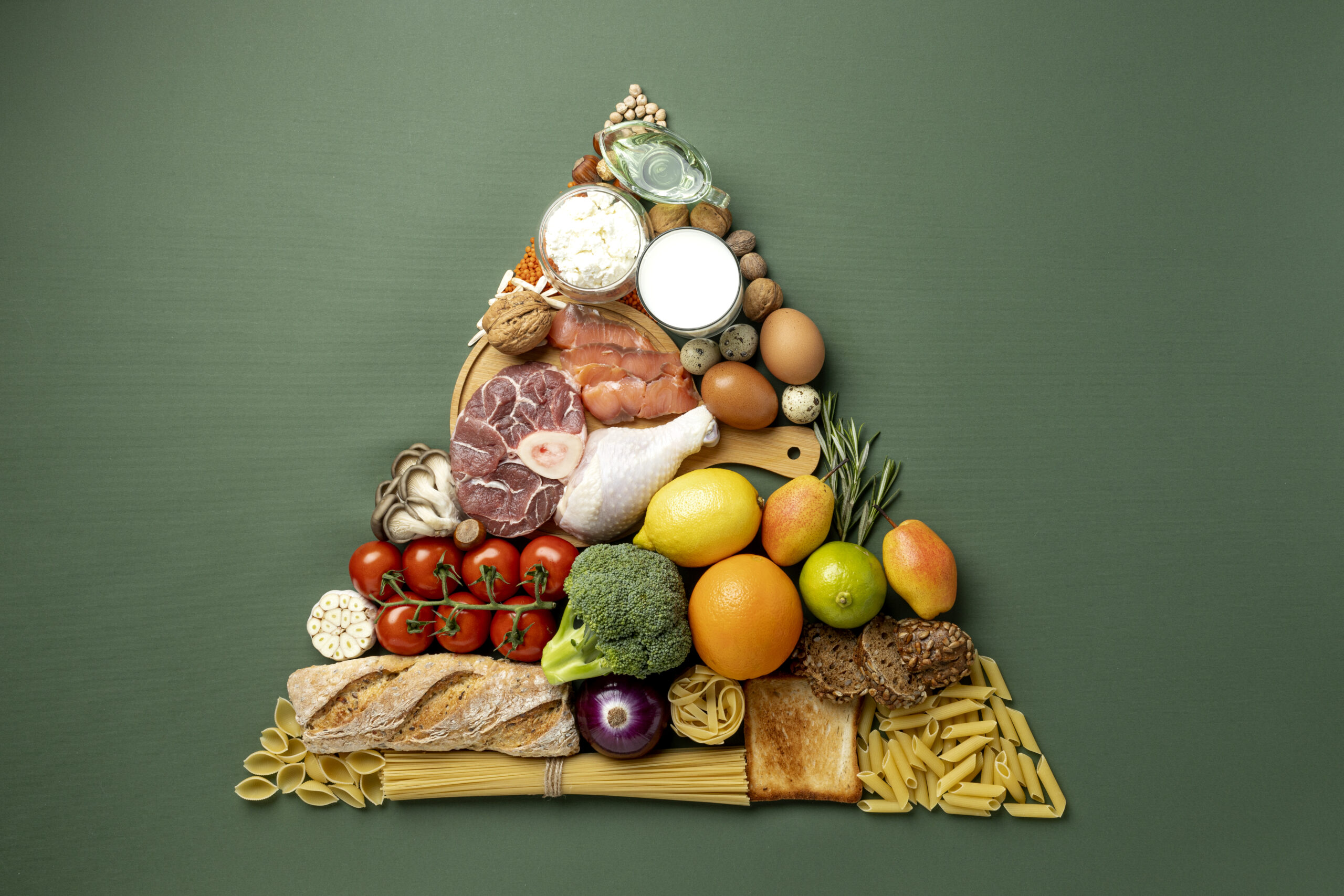Importing Food to Canada? Key Regulations You Need to Know
Canada has strict food safety regulations to ensure that imported food meets high safety and quality standards. If you’re planning to import food into Canada, understanding these regulations is crucial to avoid delays, penalties, or product recalls. Here’s a guide to help you navigate the key requirements.
1. Obtain a Safe Food for Canadian (SFCR) License
Under the Safe Food for Canadians Regulations (SFCR), most businesses that import food into Canada must have an SFCR license issued by the Canadian Food Inspection Agency (CFIA). This license ensures that your business complies with Canadian food safety laws.
Who Needs an SFC License?
• Businesses importing food for sale, distribution, or processing
• Companies importing food ingredients for manufacturing
• Retailers importing directly (excluding personal imports)
How to Get an SFC License?
• Register on the My CFIA portal
• Complete the application, including business details and food categories
• Pay the applicable fee (currently $250 per year)
• Renew annually
2. Ensure Your Supplier is Compliant
Canada requires importers to verify that their foreign suppliers meet equivalent food safety standards as those in Canada. This can be done through:
• Supplier audits
• Third-party certifications (e.g., GFSI-recognized schemes like SQF, BRCGS, or FSSC 22000)
• Documented food safety plans from the supplier
3. Meet Labelling and Packaging Requirements
Imported food must comply with Canada’s Food and Drug Regulations (FDR) and Consumer Packaging and Labelling Act (CPLA).
Key Labelling Requirements:
• Bilingual Labels: All mandatory information must be in English and French
• Common Name of Food: Must be clear and accurate
• Ingredients List & Allergens: Declare allergens according to Canadian regulations
• Net Quantity: Display in metric units (grams, kilograms, milliliters, liters)
• Country of Origin: Clearly state where the food was produced
Non-compliance with labelling rules can lead to import rejections or recalls, so double-check with CFIA’s Industry Labelling Tool.
https://inspection.canada.ca/en/food-labels/labelling/industry
4. Comply with Food Safety Standards
Imported food must meet the same safety standards as food produced in Canada. This includes:
• Microbiological Standards (e.g., Salmonella limits in raw meat)
• Chemical Residue Limits (e.g., pesticide residues, heavy metals)
• Food Additive Regulations (Check permitted food additives in Health Canada’s Lists of Permitted Food Additives)
Tip: Some food categories, such as meat, dairy, and seafood, have additional inspection requirements, so check CFIA guidelines before importing: https://inspection.canada.ca/en/importing-food-plants-animals
5. Follow Import Documentation & Border Clearance Procedures
When importing food, you must provide the correct documentation for Canada Border Services Agency (CBSA) and CFIA.
Commonly Required Documents:
 Bill of Lading – Proof of shipment details
Bill of Lading – Proof of shipment details
 Commercial Invoice – Lists product details, value, and supplier information
Commercial Invoice – Lists product details, value, and supplier information
 Import Declaration – Submitted electronically via Integrated Import Declaration (IID) System
Import Declaration – Submitted electronically via Integrated Import Declaration (IID) System
 Health Certificates – Required for meat, seafood, dairy, and fresh produce
Health Certificates – Required for meat, seafood, dairy, and fresh produce
 Organic Certification – If importing organic products
Organic Certification – If importing organic products
6. Stay Updated on Prohibited & Restricted Foods
Canada bans or restricts the import of certain foods due to food safety risks, biosecurity concerns, or trade restrictions. Examples include:
• Raw milk and raw milk cheese (except aged cheese)
• Certain fresh fruits and vegetables (due to pest risks)
• Some seafood species (due to conservation regulations)
• Unapproved novel foods or ingredients
Always check the CFIA’s Automated Import Reference System (AIRS) to confirm restrictions before importing.
7. Be Prepared for CFIA Inspections & Sampling
CFIA conducts random inspections and sampling at the border to ensure compliance. If your shipment is selected:
• It may be tested for pathogens, contaminants, or undeclared allergens
• If it fails inspection, it may be rejected, destroyed, or re-exported
• Recurring violations can result in fines, license suspension, or prosecution
To reduce risks, ensure your documentation is accurate, suppliers follow food safety standards, and products are correctly labelled.
Final Thoughts
Importing food into Canada requires careful planning, regulatory knowledge, and compliance with CFIA’s strict standards. By obtaining the right licenses, ensuring supplier compliance, following labelling rules, and staying updated on import regulations, you can successfully bring safe and high-quality food products into the Canadian market.
Pro Tip: Hire a Food Safety Consultant
Meeting Import Requirements can be a complex process, but hiring a food safety consultant can make it much easier. A qualified consultant brings expertise and experience to the table, helping you navigate regulatory requirements and ensuring that your facility meets all the necessary standards. They can assist with writing and implementing your PCP plan, guide you through CFIA inspections, and provide ongoing support to maintain compliance. By investing in a consultant, you can save time, avoid costly mistakes, and achieve certification fasterAssured Food Safety Consulting’s certified SQF Consultant and Lead HACCP instructors have been helping food businesses since 2022. We provide food safety plan creation services and Import/CFIA/HACCP/GFSI training services. If you require assistance with your PCP plan, HACCP plan or SQF program, Contact us at info@assuredfoodsafety.ca to request a quote.


